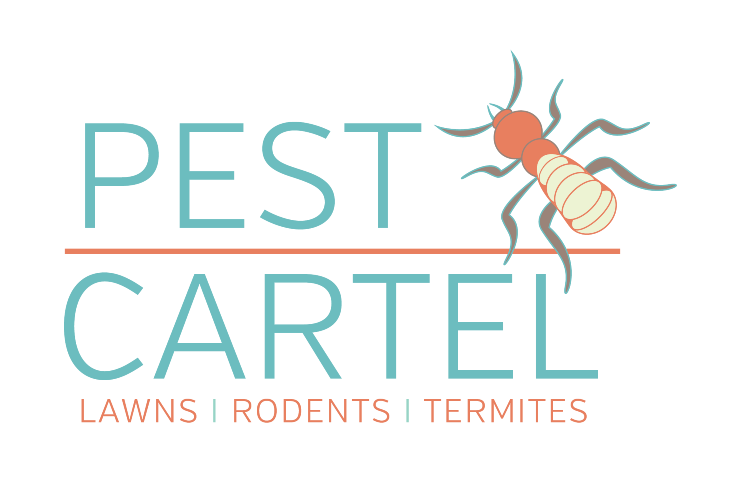Pest Control and Food Safety
Pest control and food safety go hand in hand, as pests can contaminate and spoil food, leading to serious health risks for those who consume it. Commercial pest control helps maintain food safety in businesses by preventing contamination and spoilage.
Pests as Disease Carriers
Pests can transmit diseases to humans through their feces, saliva, and other bodily fluids, making pest control a top priority in food handling and storage. For example, rats and mice carry bacteria such as Salmonella and E. coli, which can cause food poisoning if ingested. Flies also transmit disease-causing bacteria and parasites through their feet and mouthparts as they feed on and lay eggs in decaying matter.
Pest Contamination of Food
Pests can also contaminate food by depositing their feces and urine on it, which can cause serious illness or death if consumed. They can physically damage food by chewing through packaging and containers, leading to further contamination and spoilage. In addition to transmitting diseases, these actions make pest control a critical aspect of food handling and storage.
Preventing Pest Risks in Food Handling and Storage
To prevent these risks, it is essential to implement effective pest control measures in food handling and storage facilities. Here are some ways you can keep pests at bay and maintain food safety:
- Sealing cracks and holes in walls, floors, and other areas to prevent pest entry
- Using pest control products such as traps, pesticides, and baits to eliminate existing infestations
- Implementing good hygiene practices, such as washing hands frequently and storing food at the proper temperature
- Training food handling staff on proper pest control measures, such as proper food storage and handling techniques and identifying and reporting potential pest issues
- Using physical barriers such as screens and doors to keep pests out of food handling areas
- Using natural pest control methods such as introducing predators or using plants that deter pests
- Implementing a pest management plan that outlines the steps to be taken to prevent and control pest infestations in the food handling environment
- Regular inspections and cleaning of storage areas and equipment
- Sealing cracks and holes in walls, floors, and other areas to prevent pest entry
- Using pest control products such as traps, pesticides, and baits to eliminate existing infestations
- Implementing good hygiene practices, such as washing hands frequently and storing food at the proper temperature
- Training food handling staff on proper pest control measures, such as proper food storage and handling techniques and identifying and reporting potential pest issues
- Using physical barriers such as screens and doors to keep pests out of food handling areas
- Using natural pest control methods such as introducing predators or using plants that deter pests
- Implementing a pest management plan that outlines the steps to be taken to prevent and control pest infestations in the food handling environment
The Importance of Pest Control in Maintaining Food Safety
Overall, the importance of pest control in food handling and storage cannot be overstated. By taking the necessary precautions, we can protect ourselves and others from the serious health risks associated with pest contamination and spoilage of food.

